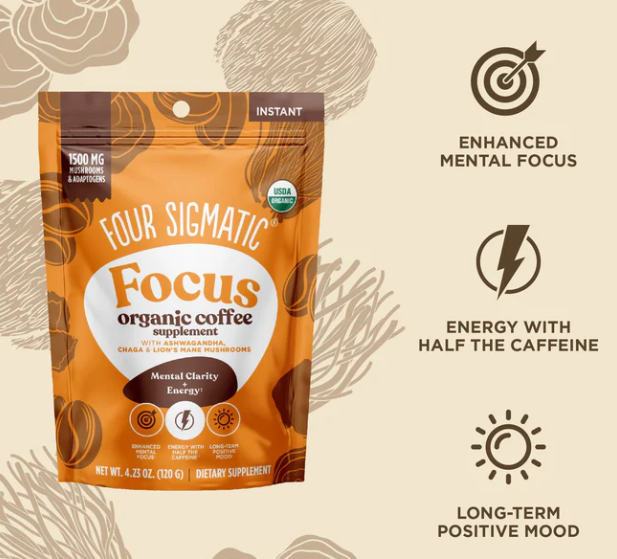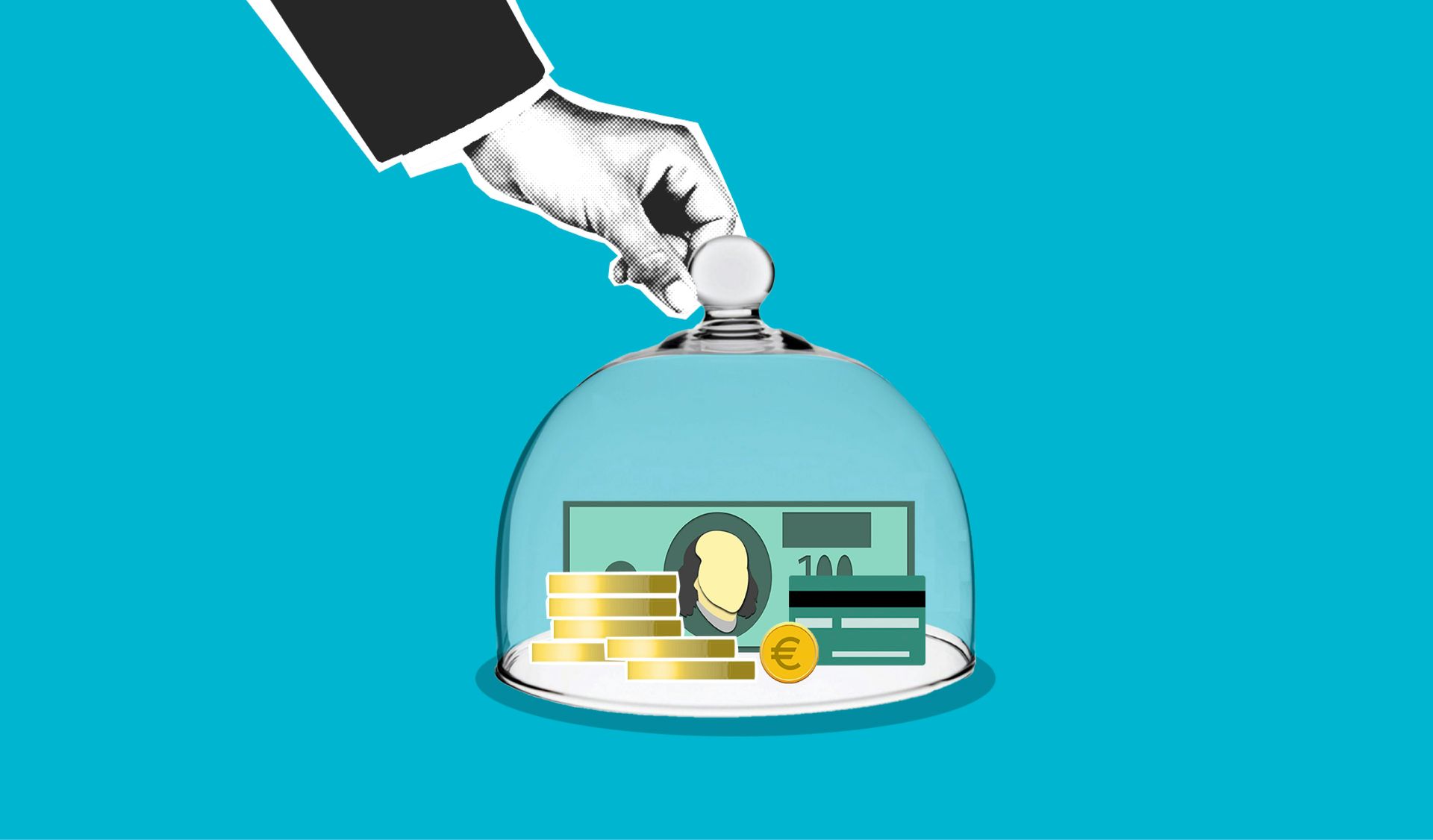
Discovering the landscape of middle-class income across Canada

Hey, fellow Canadians and curious minds around the globe! Today, we're diving deep into the world of middle-class income in our beautiful maple-leaf country. 🍁 Whether you're sipping a double-double or about to lace up your skates, you'll want to stick around for this.
What does "middle-class" really mean in Canada?
When we talk about the middle class here in Canada, we're focusing squarely on the numbers. It's all about income, not the lifestyle or the size of your TV! So, let's break it down:
Lower class: earning $0-$53,359
Middle class: earning $53,359-$106,717
Upper middle class: earning $106,717-$235,675
Upper class: $235,675 and up
And yes, with different income brackets come different tax rates, ranging from a modest 15% all the way up to 33%.
A peek at the average income
Nationally, the average pre-tax income hovers around $70,000. But this isn’t the same everywhere. Take Nunavut and the Northwest Territories, for instance—folks there are earning some of the highest average and median incomes in the country!
Why such a disparity? Well, it boils down to the types of jobs available and the varying minimum wages across provinces. 💼💰
The reality of income inequality
It’s not all snowflakes and hockey pucks here; we have our challenges, too. A significant one is income inequality. Despite our robust middle class, only a small segment of our population earns over $100,000 annually.
Planning for the golden years
Thinking about retirement? If you want to keep your middle-class status post-retirement, you'll need to have saved a pretty penny. And while the federal minimum wage sits at $16.56, remember that this can vary depending on your province.
Living wages? Yes, please!
To live comfortably, you'd need about $45,000 per year as an individual or up to $70,000 for a family. Sounds doable, right? But it does depend heavily on where you plant your roots and how many are in your family tree.
What jobs are we talking about?
If you're aiming for that middle-class life, consider careers like pharmacists, software developers, or lawyers. These positions not only align well with middle-class earnings but are also in demand across various provinces.
Boosting your income 101
Want a tip or two on increasing your cash flow? Think about investing in stocks, ETFs, and bonds. And don’t forget about the perks from our government—benefits like the Canada Child Benefit, Canada Pension Plan, Old Age Security, and the Canada Carbon Rebate are all there to give your income a nice little bump.
So, what's the takeaway?
Most of us Canadians find ourselves comfortably in the middle class, but achieving a decent living wage isn't a one-size-fits-all scenario. It varies widely depending on where you live and how many mouths you're feeding.
Investments and government benefits are like the cherry on top—they can provide that extra boost to your wallet, which can make all the difference.
So, whether you're just starting out or thinking about retirement, understanding the ins and outs of income classes in Canada is crucial. It’s not just about earning money; it’s about making smart choices with it. Let’s continue to navigate this journey together, staying informed and empowered. Because when we know better, we do better, eh? 🌟
Here’s to embracing our financial realities and planning for a prosperous future! 🥂

*Disclaimer: Brand Street Agency is authorized to use goPeer's trademarks and branding solely for marketing purposes related to goPeer’s loan products with prior written consent from goPeer. goPeer Corporation and its affiliates are not responsible for any content, statements, or representations made by Brand Street Agency on this website. Loan approvals are not guaranteed and are subject to goPeer's underwriting policies. Terms and conditions apply. For the most accurate and up-to-date information regarding goPeer’s loan products, please visit goPeer's official website (https://gopeer.ca). Brand Street Agency operates as an independent entity and is not an employee, representative, or affiliate of goPeer Corporation or its affiliates. Brand Street Agency may receive compensation for its services.
goPeer offers unsecured personal amortizing loans throughout Canada in amounts from $1,000 to $35,000 with terms of 3 or 5 years and Annual Percentage Rates (APR) between 8.99% and 34.99%, depending on an assessment of the borrower’s credit profile, financial position, and ability to service the loan. If a payment is unsuccessful, goPeer may charge an unsuccessful payment fee of $50. If a payment is late 30 or more days, goPeer may charge a late payment fee of $25 or 5% of the payment due, whichever is greater. goPeer charges an origination fee included in the advertised APR. There are no other fees on loans. Loans are subject to credit and underwriting approval and lending rules may vary by province. For example, the average borrowing cost paid on a $9,400 unsecured personal loan at an APR of 18.8%, with a 5-year term and bi-weekly payments of $104.80 is $4,794.49.














